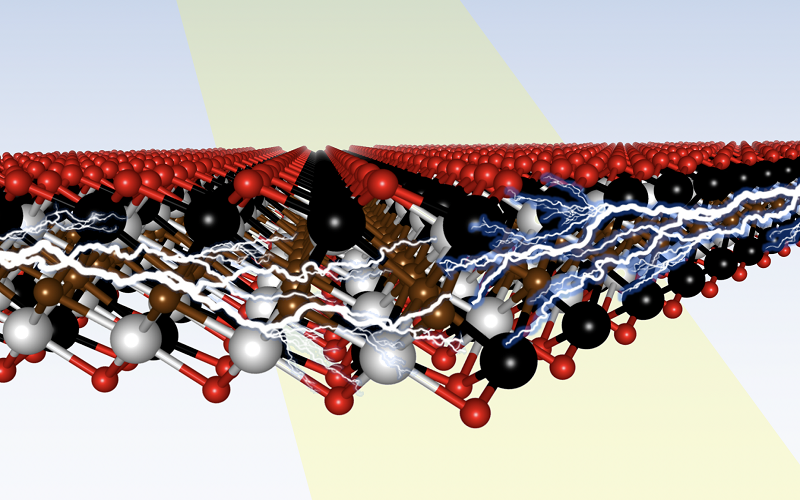MXimizing the power of alloys

Over the past few decades, our television screens and computer monitors have transformed from big, bulky items into slender touch-screen devices. This ‘slimming’ effect has been made possible by the discovery of electrically conductive materials like indium tin oxide (ITO) that are transparent and thin, making them suitable for liquid crystal displays and light-emitting diodes.
Now, researchers at A*STAR and the National University of Singapore are exploring atomically thin materials with properties that supersede commercial ITO transparent conductors. A family of materials that shows promise is MXenes, thin layers of any combination of transition metals, which could pave the way for even thinner displays with greater functionality.
However, given the wide range of transition metals available, finding the ideal mix of metals or alloys with the desired properties remains problematic. Teck Leong Tan, a Research Scientist at A*STAR’s Institute of High Performance Computing (IHPC), thinks that a computational approach will be useful to predict how novel MXene alloys will behave.
Leveraging the computational resources at IHPC, his team developed a technique that allows them to model what happens when a transition metal is substituted in a MXene alloy. “Since the titanium (Ti)-containing Ti2CO2 MXene has already been identified as a semiconductor, we wondered if alloying it with elements such as vanadium (V), niobium (Nb) or tantalum (Ta) would give it transparent conducting capabilities,” said Tan.
By combining the computational modeling methods of density functional theory, cluster expansion and Monte Carlo calculations, the researchers were able to simulate the effects of substituting Ti in Ti2CO2 with V, Nb or Ta. They were also able to predict the molecular configurations of the proposed alloy combinations at varying temperatures.
They found that MXenes with the chemical formula Ti2(1−x)V2xCO2, where Ti is replaced by V in specific proportions within the material, would exhibit high electrical conductivities of more than 103 Siemens per centimeter, comparable to commercial ITO conductors and outperforming Ti2CO2 and V2CO2. Their model also indicated that Ti2(1−x)V2xCO2 is likely to have high optical transparency of more than 90 percent.
As the current findings are computational predictions, the team aims to verify their discovery with experimental results—by actually fabricating Ti2(1−x)V2xCO2 MXenes and testing their properties. They also intend to apply their computational technique to other combinations of MXene alloys.
“Computationally, there are still many different MXenes for exploration as alloys. We expect that there could be more MXene alloys with interesting properties that are waiting to be discovered,” said Tan.
A*STAR celebrates International Women's Day

From groundbreaking discoveries to cutting-edge research, our researchers are empowering the next generation of female science, technology, engineering and mathematics (STEM) leaders.
Get inspired by our #WomeninSTEM
.png?sfvrsn=ff199933_15)